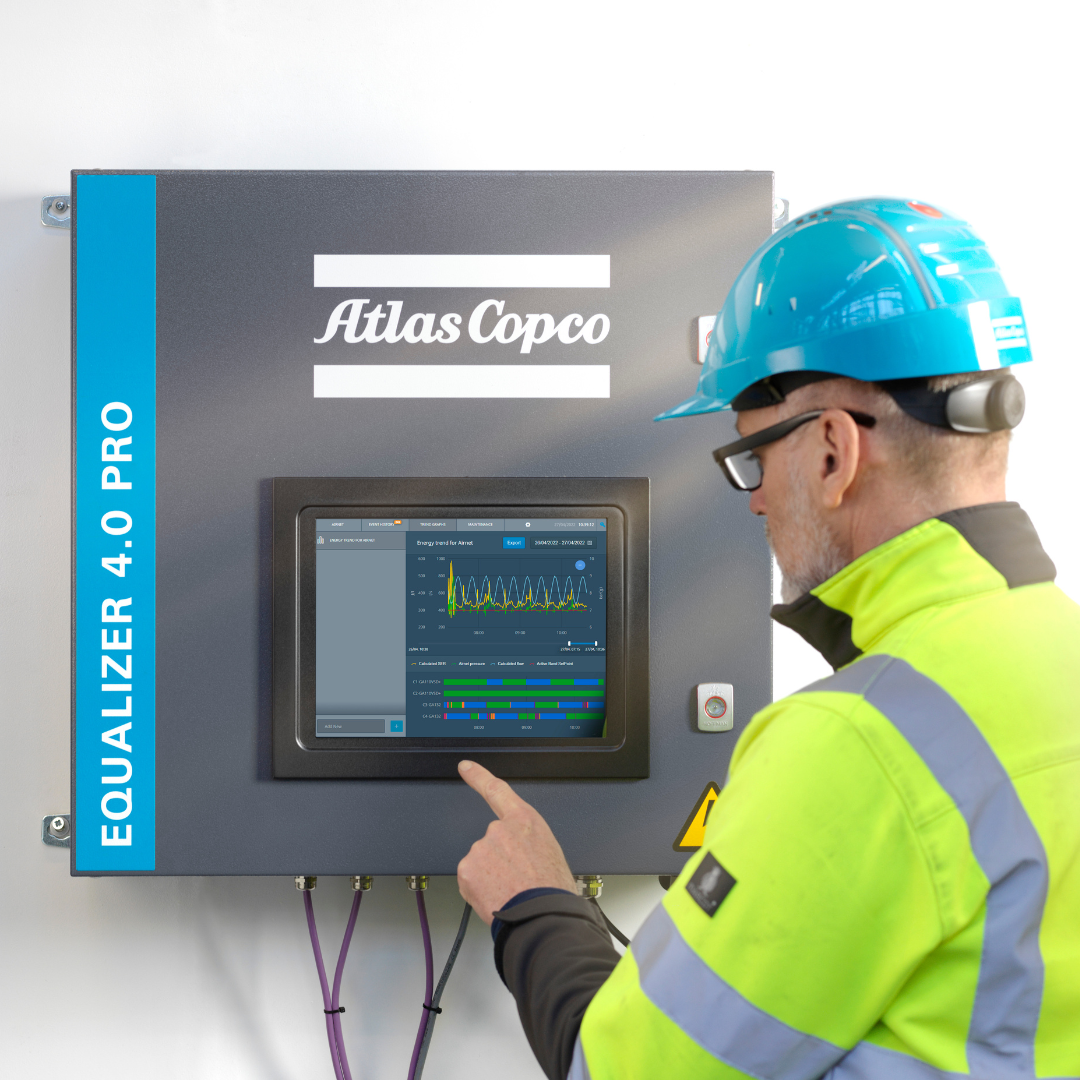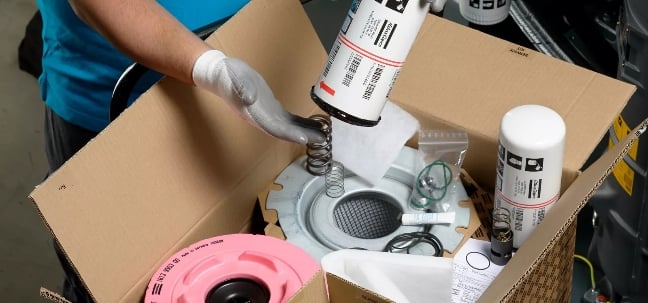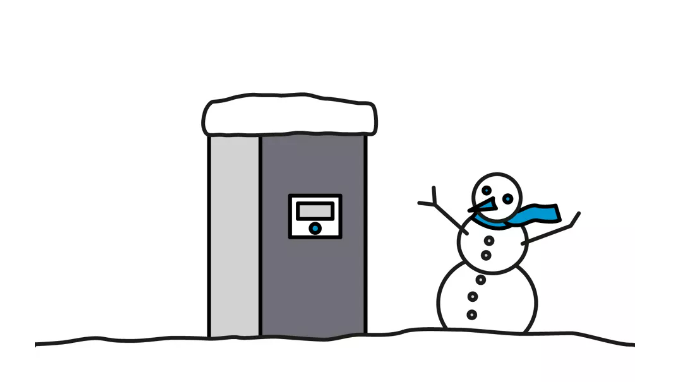Rotary Lobe Blowers (aka Roots Blower): Rotary lobe blowers consist of two rotors spinning in opposite directions. The blower sucks in air, and the lobes spin the air around before pushing the air out. They produce a high volume of air but at low pressure. Although rotary lobe blowers require minimal maintenance, they let some air escape. As such, this is not the most energy-efficient option, especially when compared to screw blowers. Since they were invented in the 1800s, rotary lobe blower technology hasn't changed too much. The main advancements have been focused on noise reduction.
Rotary Screw Blowers: The rotary screw blower combines male and female rotors that rotate and decrease the available volume between them. This causes the air to compress. At the start of the compression cycle, the inlet air fills the flute space and becomes trapped. The air is then continually compressed as the male and female rotors rotate with each revolution until the air pushes through the discharged outlet. Compared with traditional lobe blowers, the internal compression of rotary screw blowers reduces energy consumption by 30 percent. By eliminating pulses caused by lobe technology, screw blower noise levels are typically three-to-five times quieter than conventional tri-lobe blowers.
Centrifugal Blowers: When an air stream passes through this blower’s rotating impellers, the speed and volume increase. Centrifugal blowers actually change the airflow’s direction. The air or gas enters the fan wheel, turns 90 degrees, and accelerates before exiting the blower.
Multistage Centrifugal Blower: Used for creating pressure, circulating air, and creating suction, this blower can handle high pressure and high flow rates. It is ideal for creating high pressure from small volumes of air. As such, the devices are well suited for all operations where a variable flow at constant pressure is a requirement. Performance characteristics of these blowers generate a variable flow and power at a constant speed. To generate more flow, the impeller diameters need to be increased; more impellers are required to create more pressure.
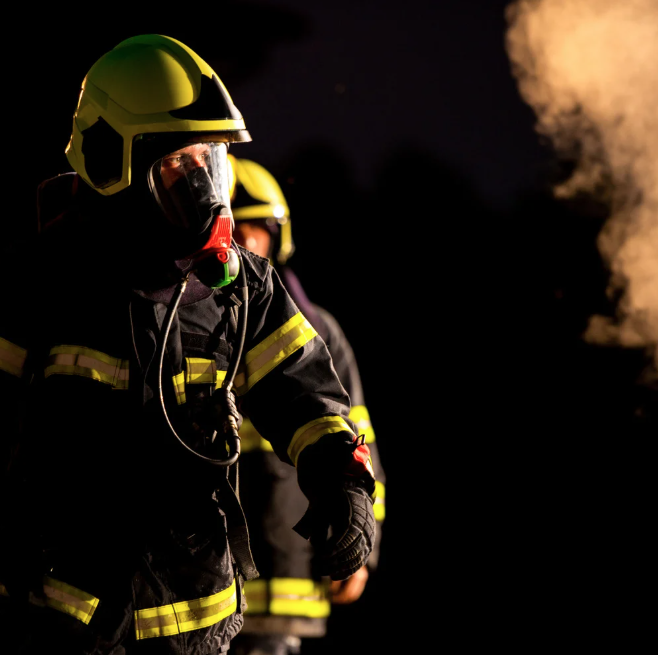
-original-1200.jpg)
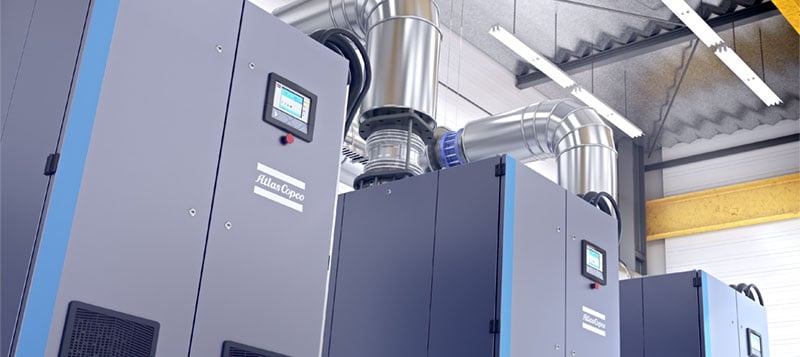
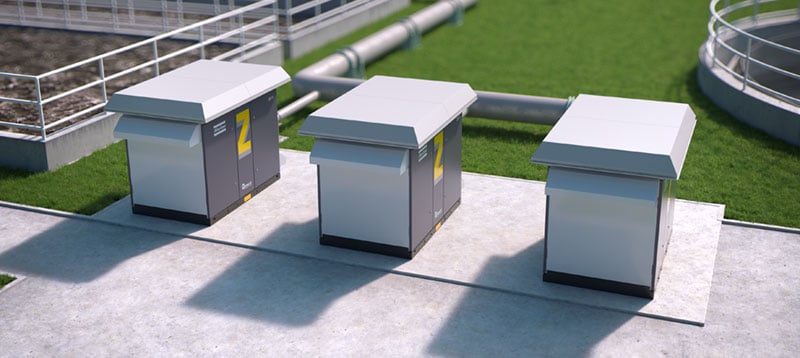
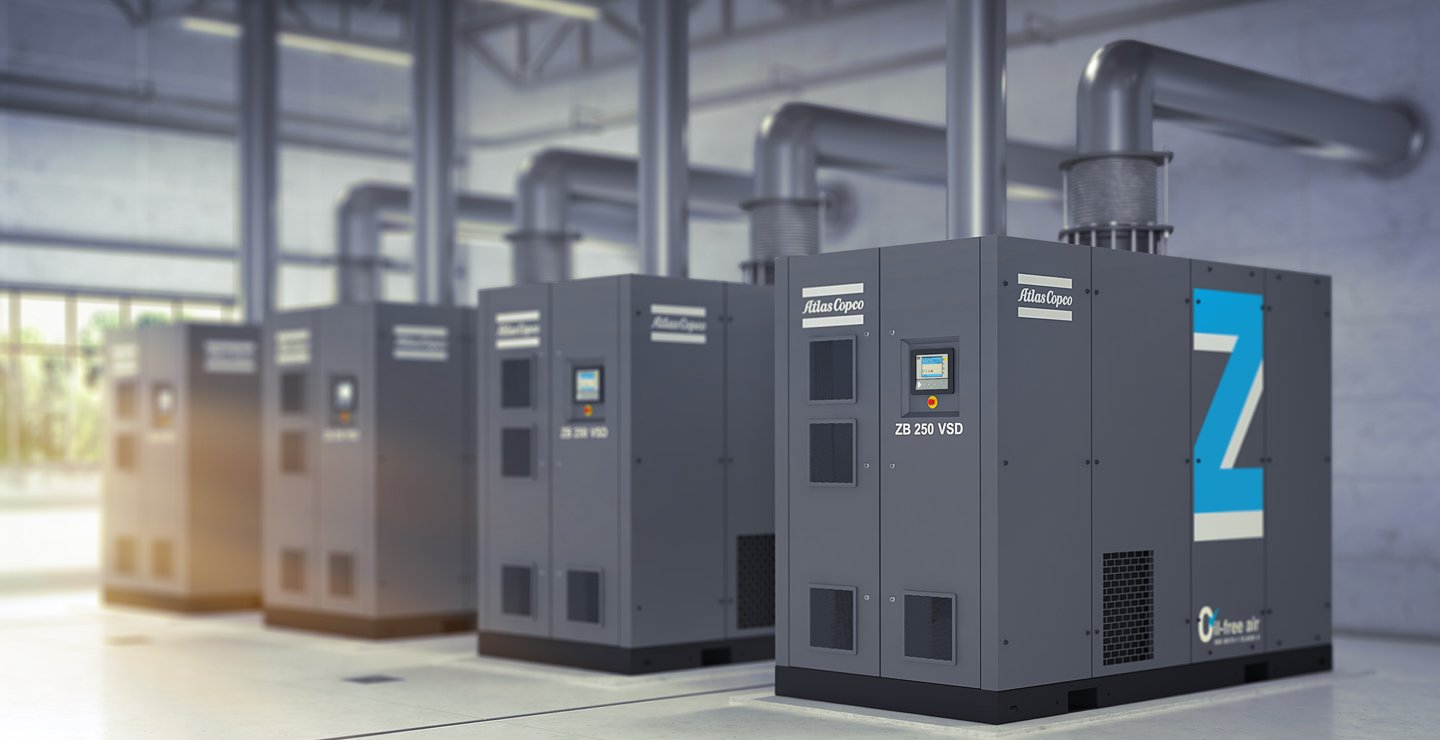
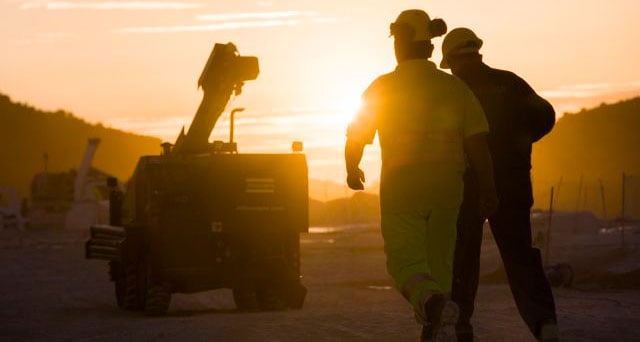
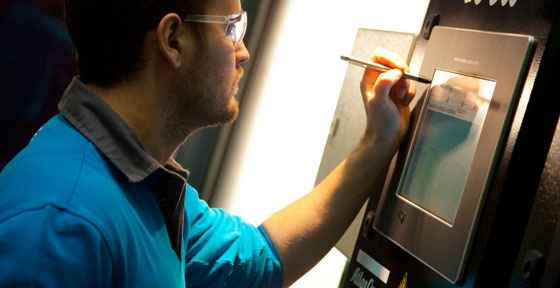
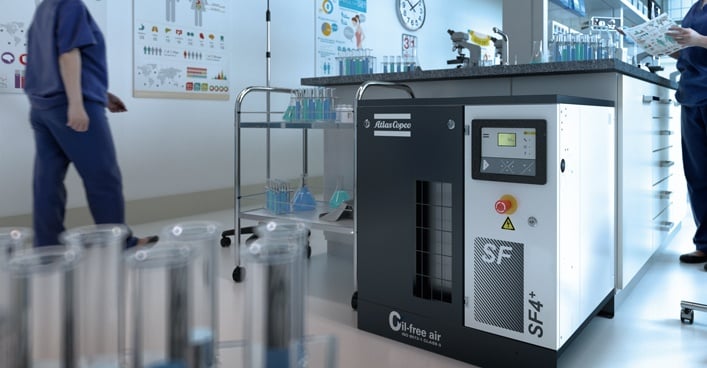

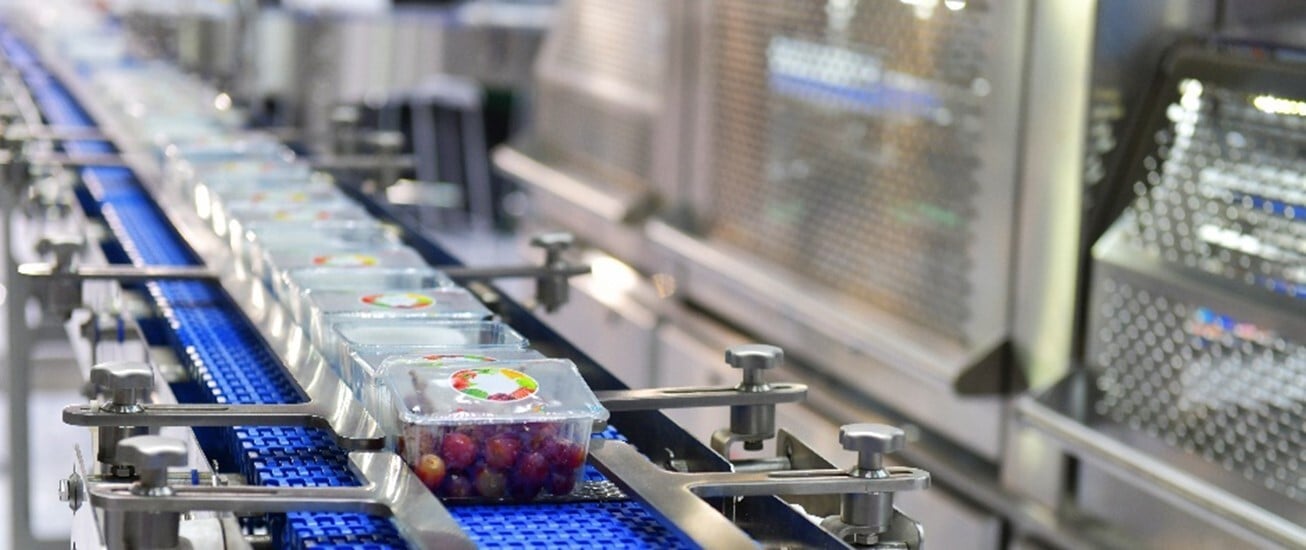
.png)
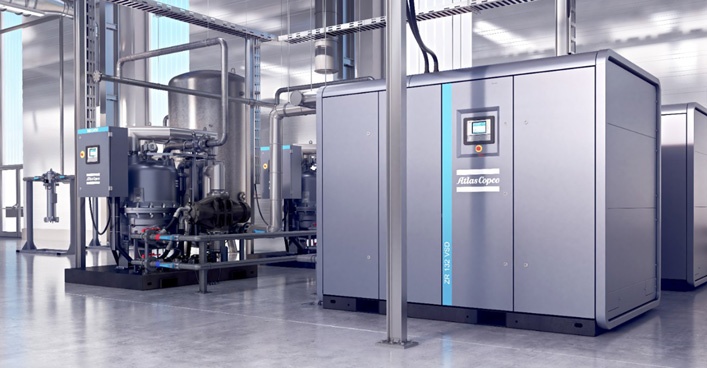

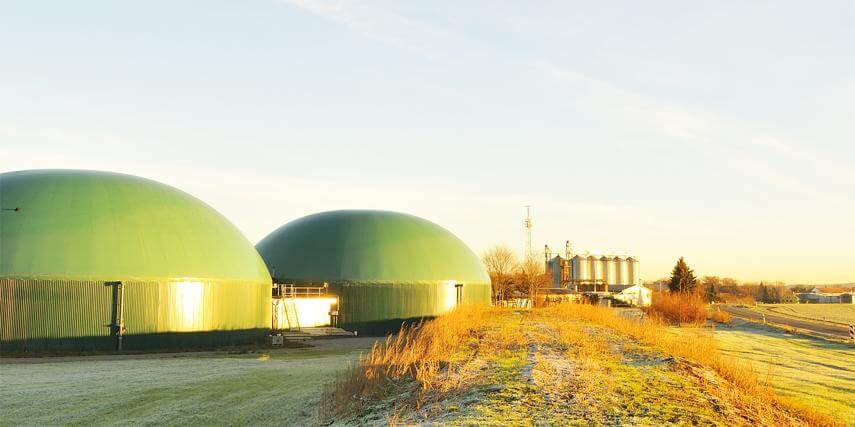
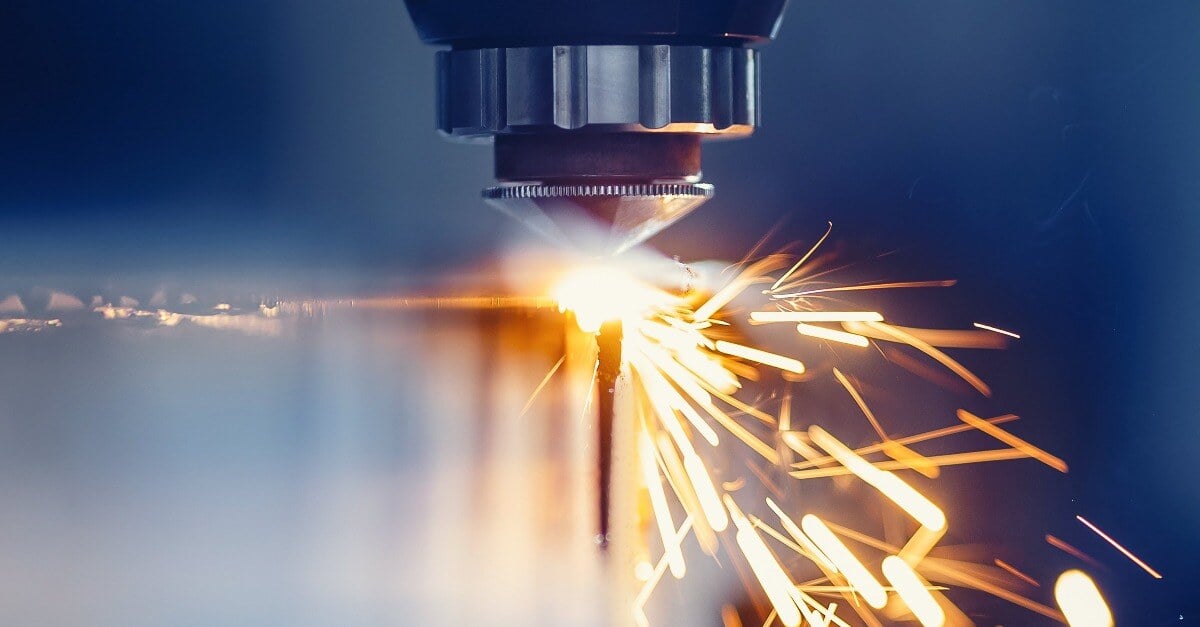
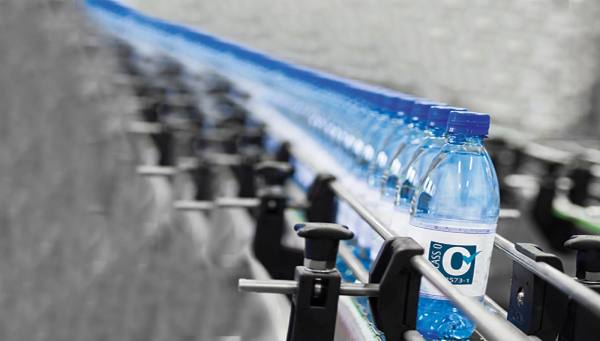
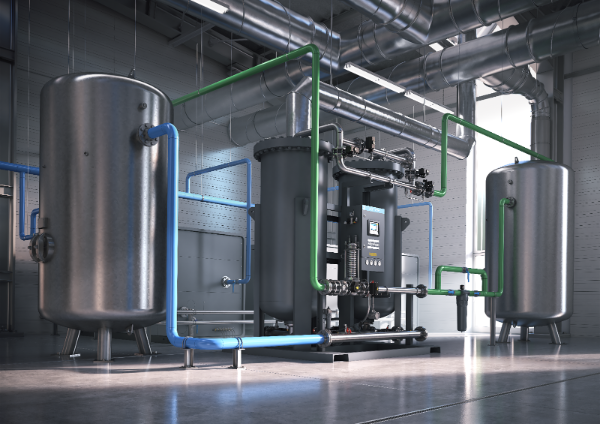
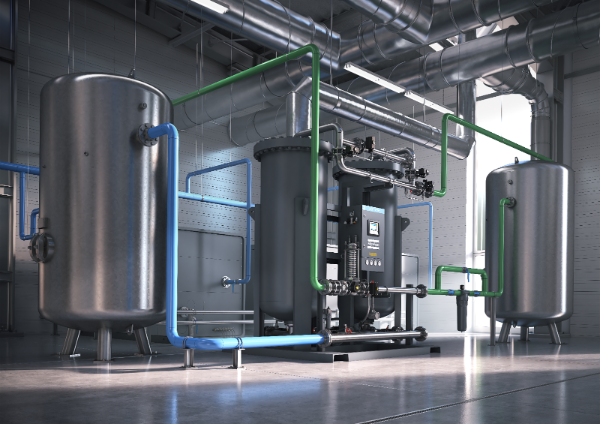
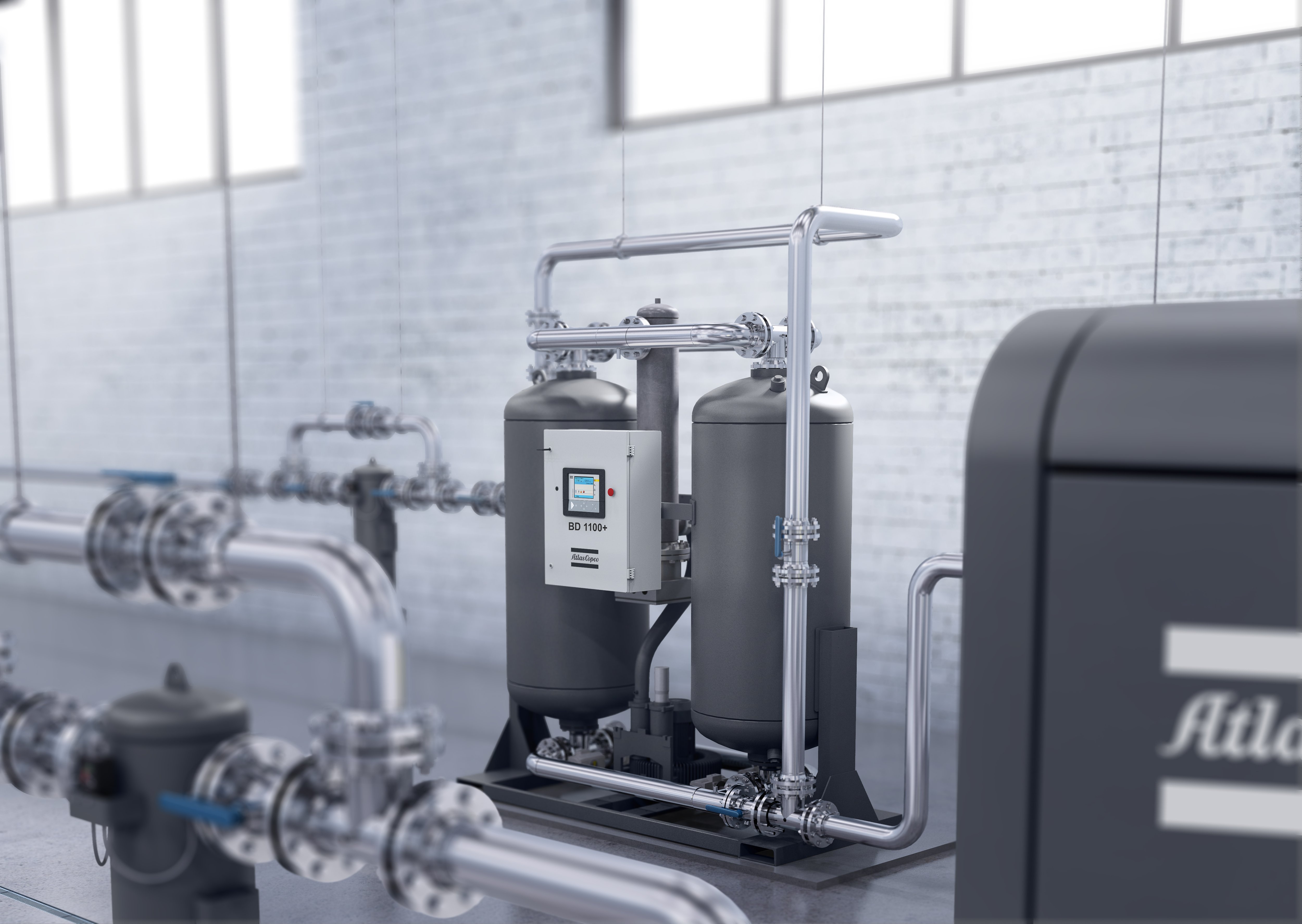

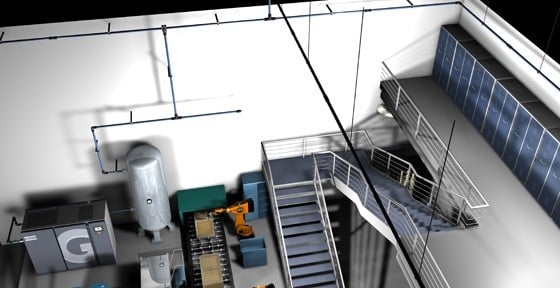
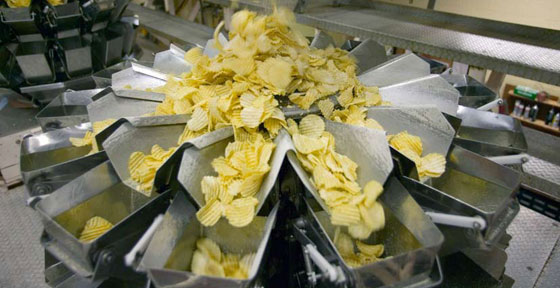
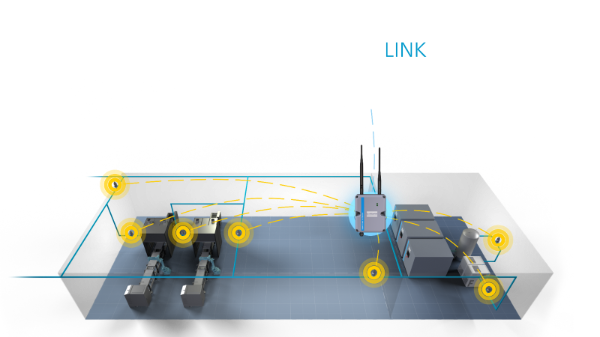
.png)
